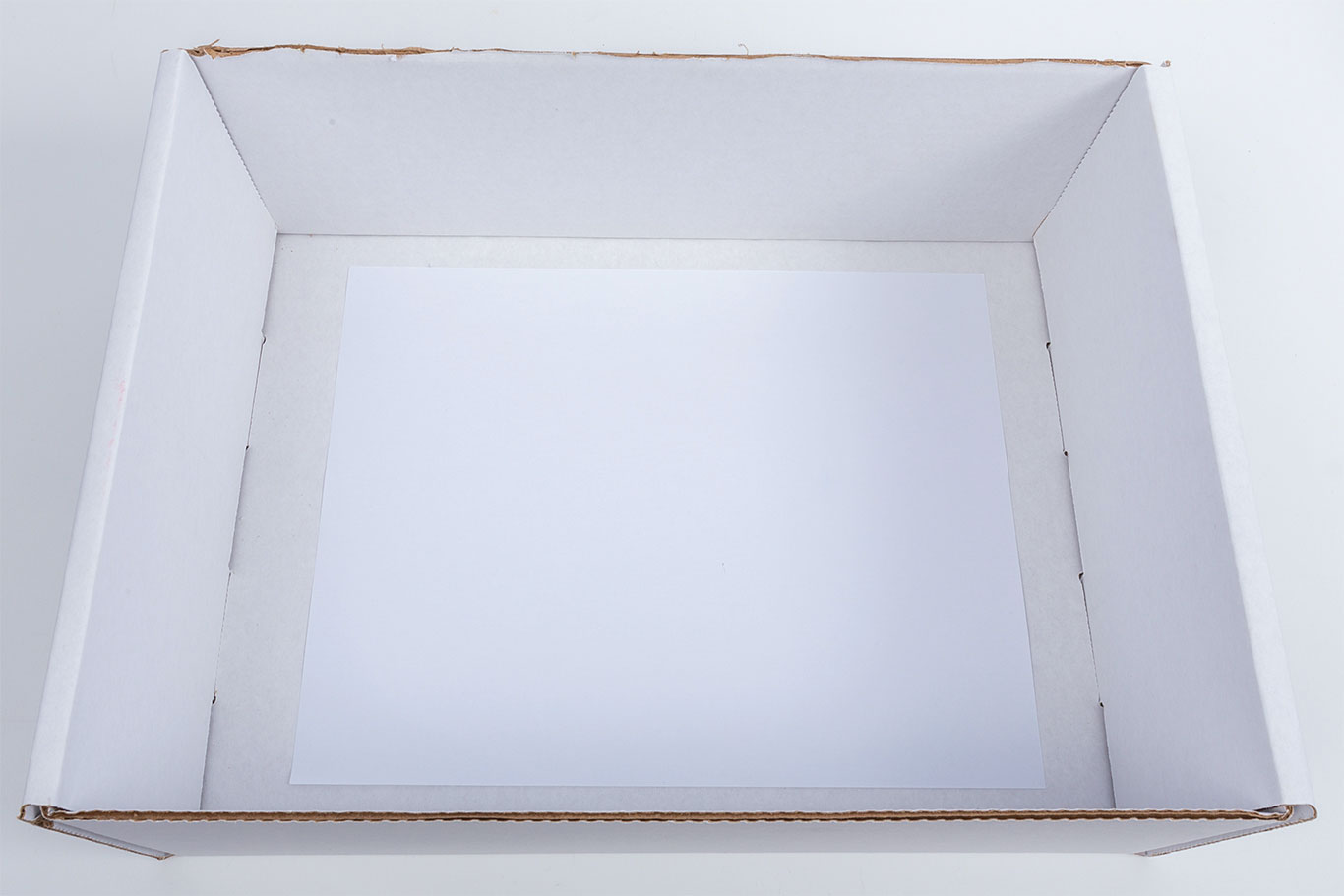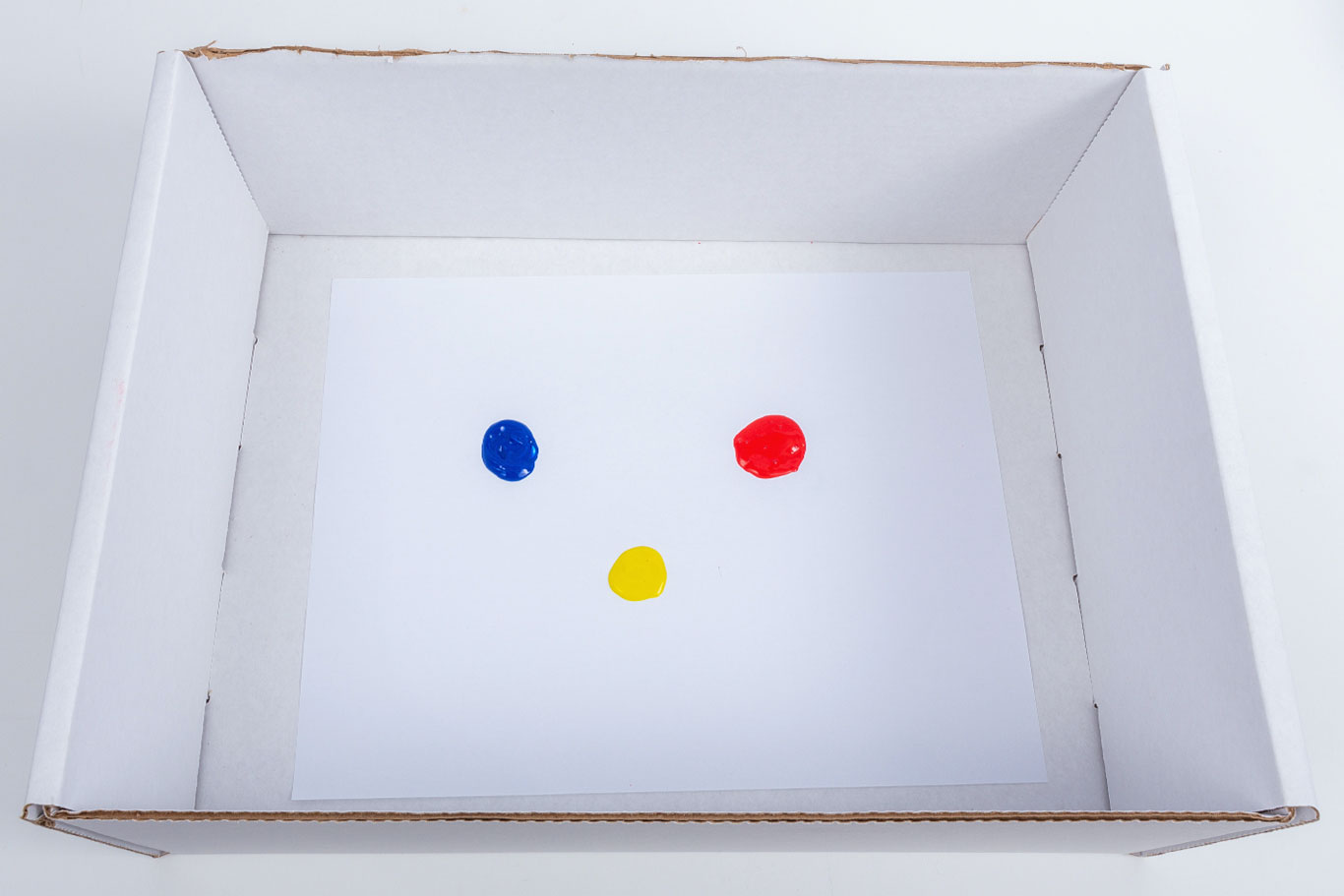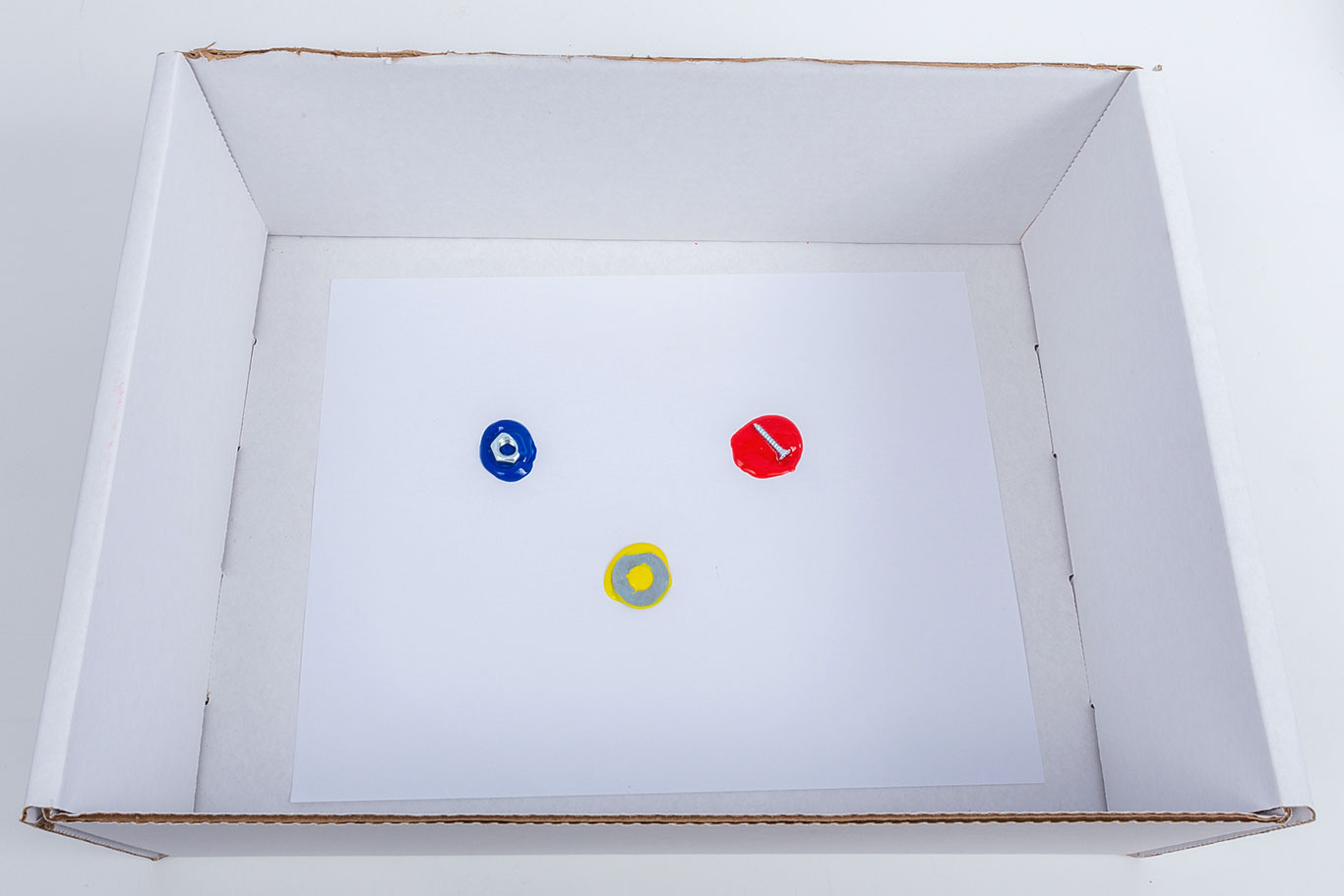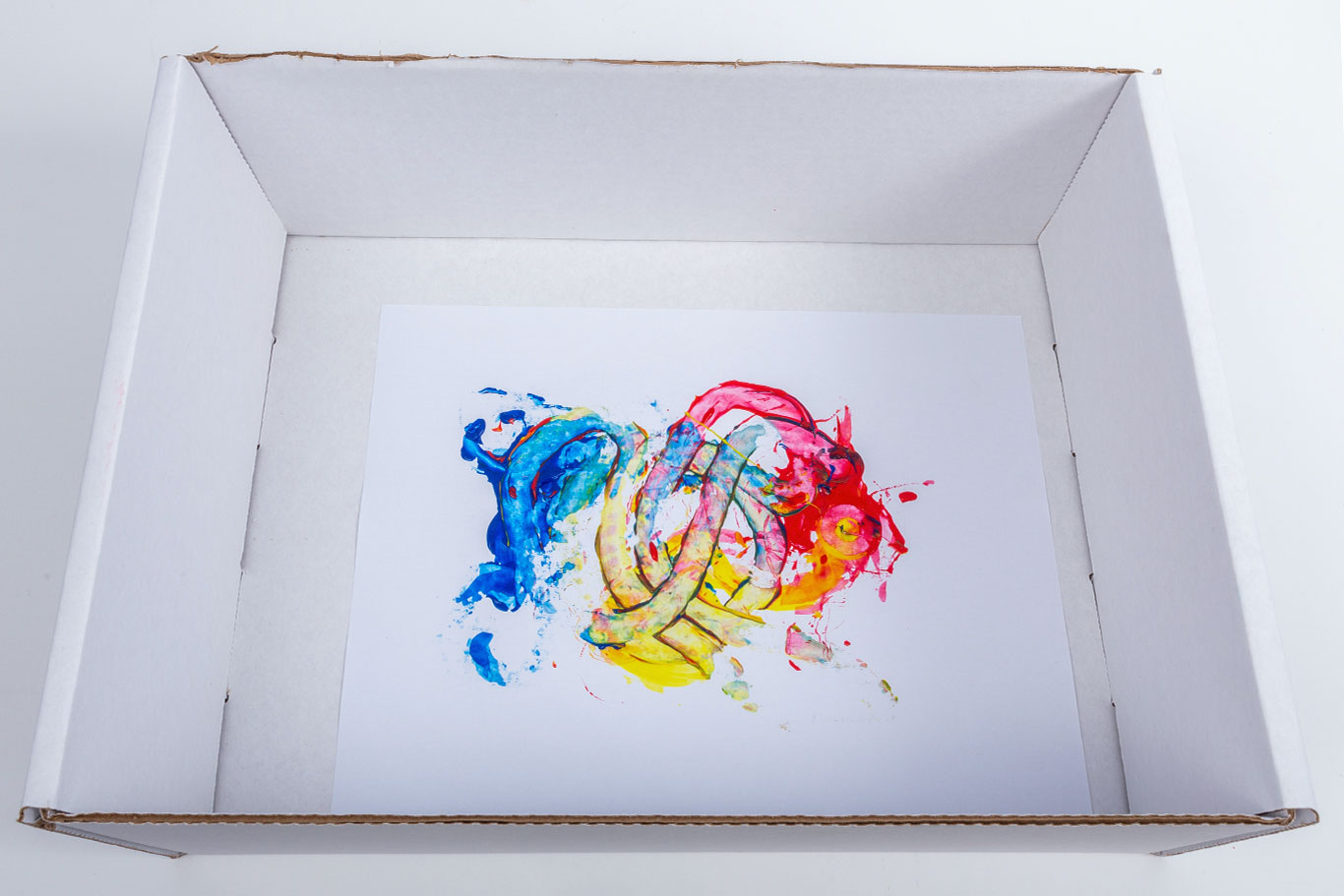We’ve all heard the term opposites attract. While this can be true of your valentine, we’ll just stick to a topic we can all agree on: SCIENCE!
Like any two people on Earth, magnets can either attract or repel each other. What causes these “feelings” between two inanimate objects? The force, of course! Well, not that force but magnetic force! This is called magnetism. Like electricity and gravity, magnetism is a basic force of nature.
Have you ever tried to put two magnets together, but, no matter how hard you push, they won’t make contact? When you flip one of the magnets around, they pull themselves together.
Something that we’re taught at a very young age is that magnets stick to metal. Who remembers having alphabet magnets on their fridge? The magnets stick to the door of the fridge because they are attracted to steel. Magnets are also attracted to nickel and cobalt.
But there are some metals that are not magnetic. Gold, mercury, and copper are a few examples of materials that magnets do not find . . . attractive.
Did you know that most earbuds have magnets inside them? You can test this by trying to force them together. Though not strong, there is some resistance. Another test would be to stick your earbuds to the upper right-hand corner of your MacBook screen. Note: This does not work on iMacs or other brands of laptops. The magnets inside MacBooks were originally designed to help keep the lids shut and not for the purpose of storing your earbuds. However, it is a fun way to make sure your earbuds don’t get knocked off your desk.
One simple rule to remember with magnets is that opposites attract. Every magnet has a north pole and a south pole. Placing two unlike poles together causes them to attract. When you try to place two like poles together (north to north or south to south), they will repel each other.
The magnets are surrounded by an invisible magnetic field that contains stored-up, or potential, energy. When attempting to push two like-sided poles together, the stored-up energy becomes movement, or kinetic energy, and forces them apart. The same principle happens when two unlike poles come together. The attraction is so strong that the magnets are forced together.
The best way to demonstrate what a magnetic field looks like to your students is to follow this fun experiment from Go Science Girls.
One of my favorite early-learning activities for teaching magnetism is magnetic painting! In my opinion, anytime art can be combined with a STEM activity, brownie points are awarded! 😉
What you will need:
- magnetic wand or bar
- acrylic or tempera paint
- paper
- magnetic items (washers, nuts, and bolts)
- cardboard box
Instructions:
- Place a blank piece of paper into the cardboard box.

- Drop small amounts of paint onto the paper. The more colors, the better!

- Add one magnetic item to each puddle of paint.

- With your magnet underneath the box, find one of the magnetic items and drag it around on the paper. The item will drag the paint around on the paper!

- Allow your students to create patterns, mix colors, and let their imaginations go wild!
Pro tip: Giving your special valentine the gift of art will attract a lot of positive attention and rack up those aforementioned brownie points!
Ready to really get racing with the concept? For students in Grades 3-12, try our maglev vehicles. Using the repulsive force of like magnetic poles, maglev vehicles are an amazing mode of transportation that encourages understanding of magnetic repulsion, friction, propulsion systems, equations, analyzing and graphing data, and more.
If you’re looking to add to your classroom supplies in preparation of a magnet-ficient time? We’ve got a great starter set here.
Let’s stick with it! Explore these activities:
“11 Lessons to Teach Magnetism” from Science Buddies
“STEM Activities You Can Do at Home with Magna-Tiles®”
“17 Educational Ideas to Teach Your Kids STEM Using Magnetic Tiles” from A Mustard Seed Toys
There is so much to explore in the world of magnets:
“Magnets: An Invisible Force”
Do animals really navigate using magnetic fields?
Hands-on magnetic essentials




